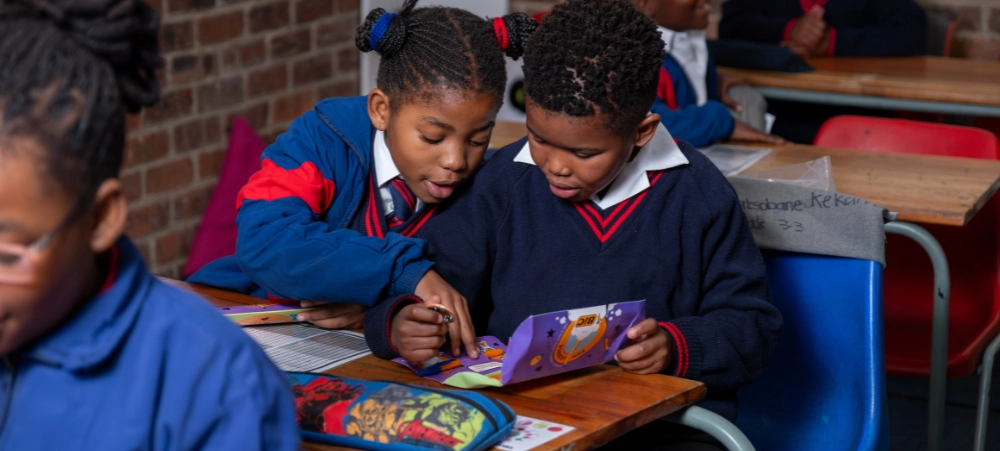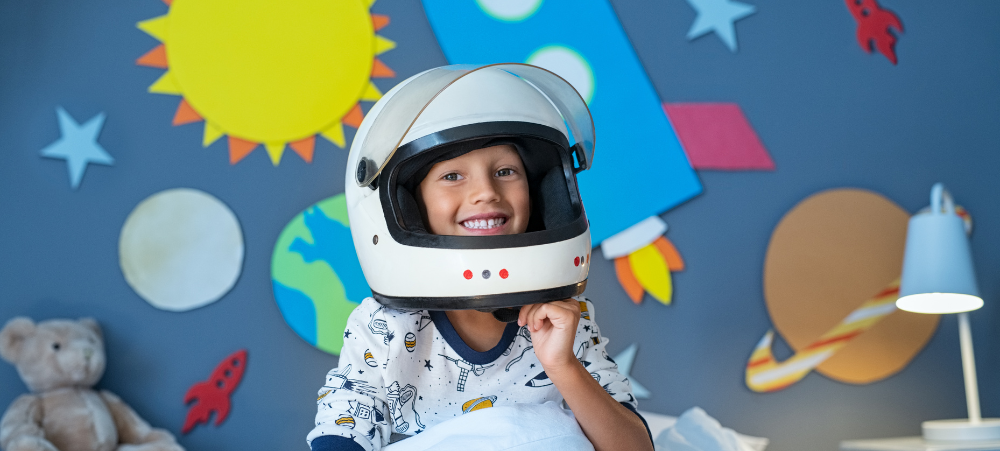
Sun Safety for Babies: Protecting Delicate Skin in Summer
While some sunlight is important for bone and muscular development and the immune system as it helps the body create vitamin D, particularly in children, too much sunshine is dangerous and can cause sunburn. Research shows that just one blistering sunburn during childhood hugely increases your risk of developing skin cancer later on. So, sun safety for babies and children is vitally important! Especially in our harsh South African sun. Since young skin is not as effective at protecting itself as adult skin, it must be especially protected from UV rays. Babies up to one year old should never be exposed to direct sunlight. Let older children get used to the sun gradually, and always use a sunscreen with a high SPF factor, as well as protective clothing and shade. TIPS FOR SUN PROTECTION So, why is a baby’s skin so much more sensitive than an adults? BABY SKIN – A SENSITIVE CLOAK Babies are miraculous yet very vulnerable beings since, in contrast to adults, their skin lacks important protective functions. The topmost layer of a baby’s skin is around 20% thinner than an adult’s. In the first few months of life, your baby’s skin lets more moisture pass through and dries out faster, making it prone to irritation and inflammation. The cells of baby skin are smaller and not as close together, which makes the skin more porous. Baby skin hardly produces any sebum (oily secretion) before puberty. Perspiration is not able to regulate a baby’s body temperature as effectively as it does in adult age. The acid mantle (fine slightly acidic film on the skin) only begins to develop after a baby has been born. Sensitive baby skin requires particular care and protection in the first year of life. That’s why it is so important to use baby care products which are tailored to the special needs of baby skin. German family-owned skincare brand sanosan, newly launched in South Africa, uses only nature’s very best ingredients for the most delicate skin in the world to ensure clinically confirmed maximum tolerability. Their scientifically tested products contain no nasties, and more than 90% natural ingredients to keep your little one, and the environment, safe. Sanosan Baby Sun Cream SPF 50+ is a top-tier sunscreen designed specifically for delicate baby skin including broad range of UVA+UVB protection SPF 50+. With its pleasant texture, this cream absorbs quickly for easy application. It does not leave a white cast or sticky residue, making it ideal for everyday use. This cream delivers 24 hours of nourishing care, making it suitable for babies, children, and adults alike. With its gentle formula, Sanosan Baby Sun Cream helps maintain skin hydration while protecting against sun damage, allowing for worry-free outdoor playtime. Plus, its microplastic-free, and safe for our oceans – winwin! More info on Sanosan Baby Sun Cream SPF 50+ High level of protection: High level of skin care: High level of safety: With respect for our oceans: Sanosan Baby Sun Cream SPF 50+ – RSP R307 Sanosan is available from selected Babies R Us Stores and Clicks Baby and Online stores, amazon.co.za, takealot.com, Makro Online For more info visit https://sanosan.com Follow: Facebook: https://www.facebook.com/SanosanSouthAfrica/ Instagram: https://www.instagram.com/sanosan_safrica/ Sanosan is available from selected Babies R Us Stores and Clicks Baby and Online stores, amazon.co.za, takealot.com, Makro Online


































